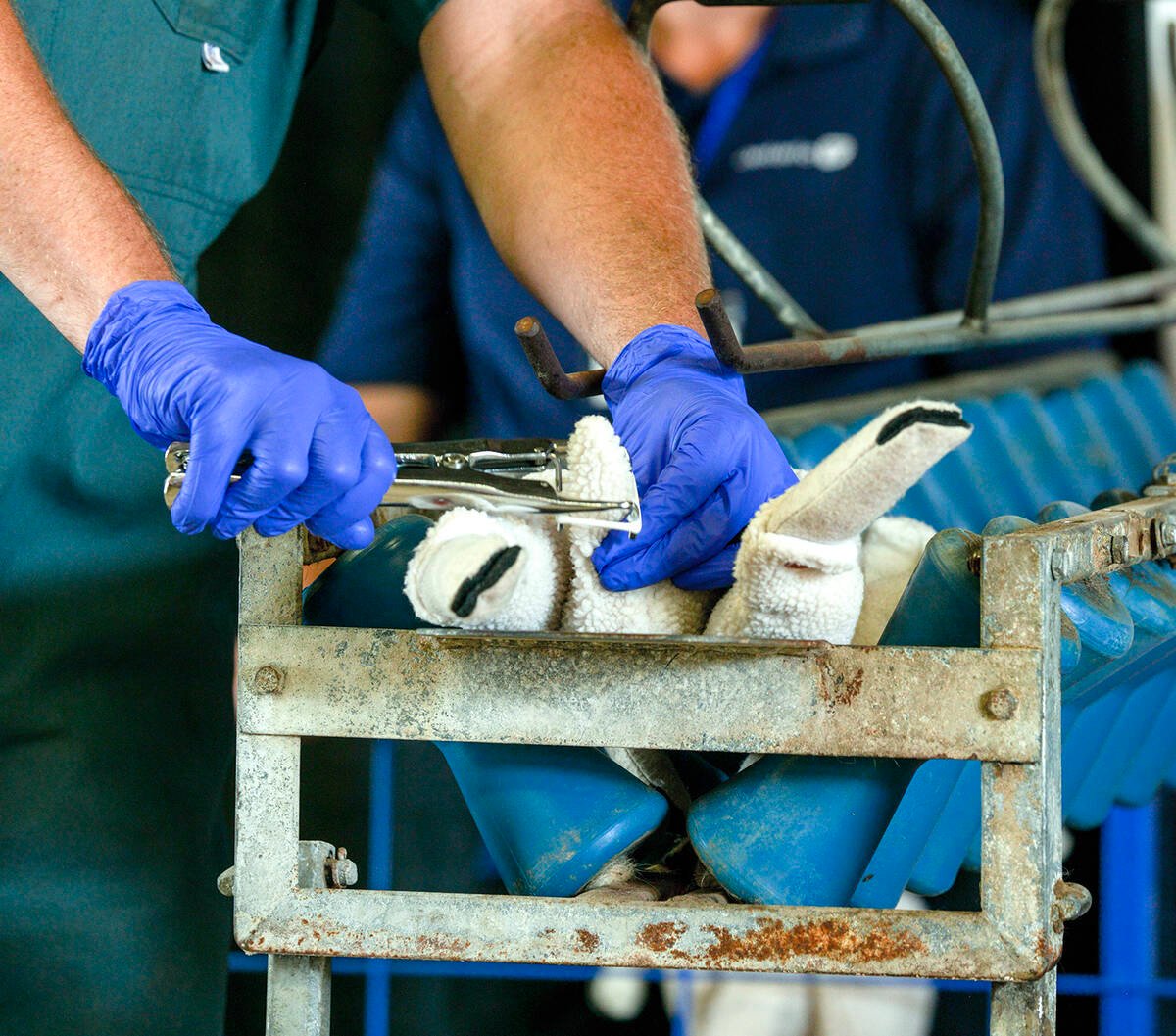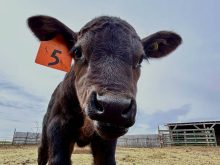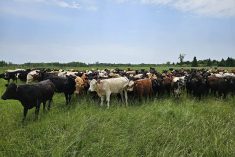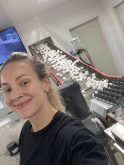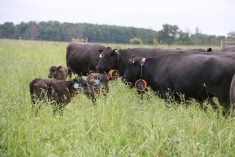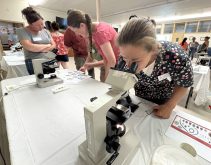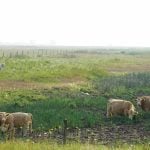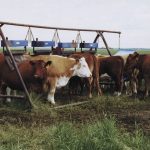Approximately 200 folks flocked to the return of the Ontario Sheep Field Day at the Orono Fairground on July 24.
The field day, hosted by Ontario Sheep Farmers (OSF), Large Flock Operators, and the Ontario Ministry of Agriculture, Food and Agribusiness, replaces the OSF’s annual convention with innovative trade show displays, educational events, and demonstrations of cutting-edge technology to enhance production and productivity.
Why it matters: Field days help producers stay competitive by providing education, enhancing animal welfare, and showcasing technology that increases overall productivity.
Read Also
Robots, lasers, and AI, Oh My!
Advanced field robotics, including laser and high-voltage electricity, is transforming agriculture with AI-driven precision, lower labour costs, and reduced soil disturbance.
Organizers addressed the high humidity and temperatures by displaying outdoor demonstration video feeds in the shaded area of Barn 3. The young lamb management program, featuring Solvet’s Lidoband castration bands, also attracted crowds to the barn over lunch.
Lidoband, a latex band containing 80 mg of baked-in lidocaine, provides relief for up to 42 days in lambs weighing less than 50 pounds and calves under 250 pounds, thereby reducing chronic pain and discomfort associated with tail docking and castration.
“It’s a really quick, easy way to castrate when they’re young. Having the lidocaine in these bands means that area stays frozen from when you put the band on,” said Dr. Greg Aitken, Peterborough Veterinary Services. “Until the scrotum or the tail falls off. It’s an excellent way of doing long-term pain control.”
The blister packaging allows the farmer to use an elastrator applicator to slide the band into place without touching it. However, Aitken suggests wearing gloves because “it can numb your fingers.”
Using an older Te Pari Vetmarker lamb chute, Aitken ran a stuffed lamb to demonstrate how easy it is to locate the scrotum or the proper spacing between tail bones to apply the band safely and effectively.
“This is handy to run lambs through in a hurry,” he said. “And this position is good for castrating because you can visually, and by feel, confirm that you’ve got both testicles squeezed up into the scrotum, before and after you put the band on.”


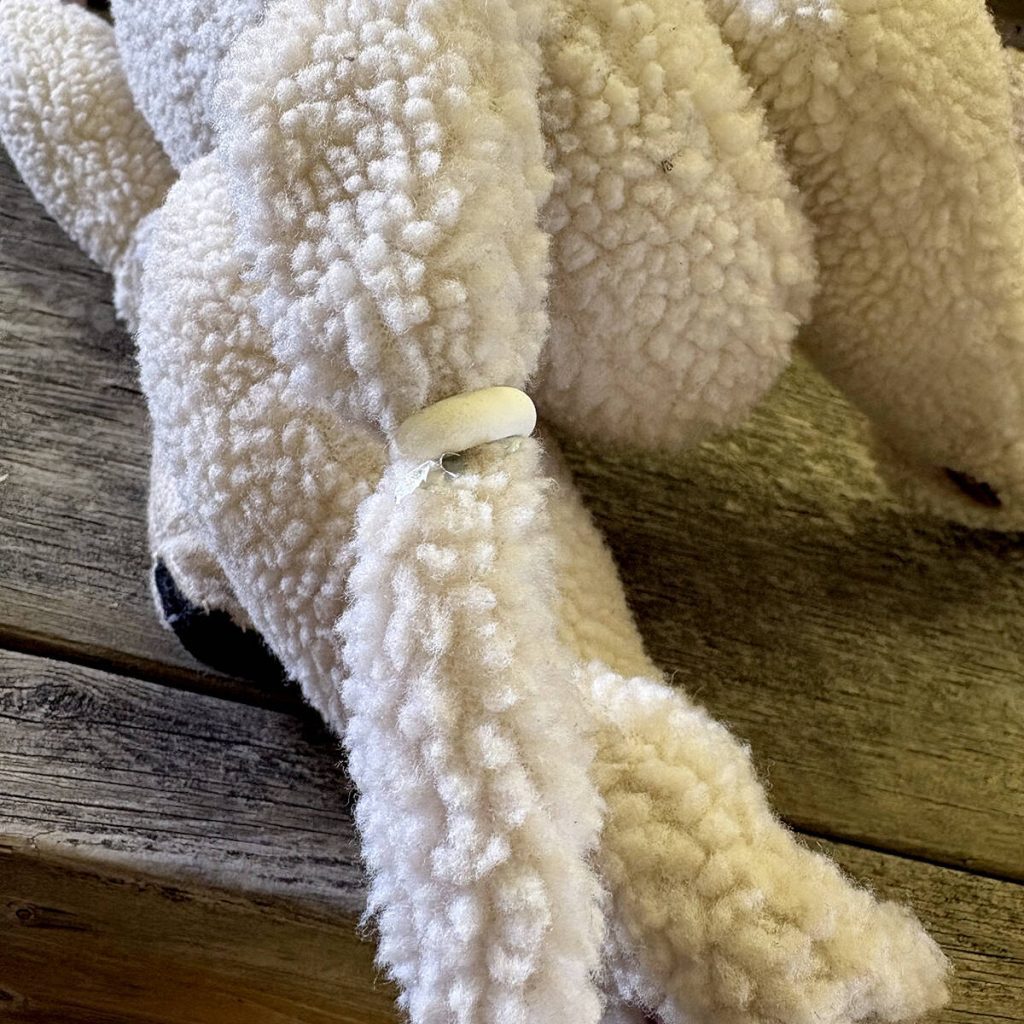
He prefers roughly two to three inches to remain after tail docking to provide vulva coverage in mature ewes, which decreases vaginal prolapse risk.
“It is important not to put it right up at the base, because that can do damage to their spine and it can predispose them to these prolapse issues,” Aitken explained. “But the most important thing is that when you are feeling the bones of the tail, the rubber ring is being put between two bones, where they flex.”
Aitken said tail docking could be a source of chronic pain and inflammation, which increases the animal’s stress load and susceptibility to scours and pneumonia.
“Anything we can do to mitigate that will help from a production standpoint,” Aitken explained. “If we’ve got the site of the band frozen the entire time that band is attached, then that’s a huge advantage.”
The bands are only accessible via a veterinarian and require a client-patient relationship to be purchased.



